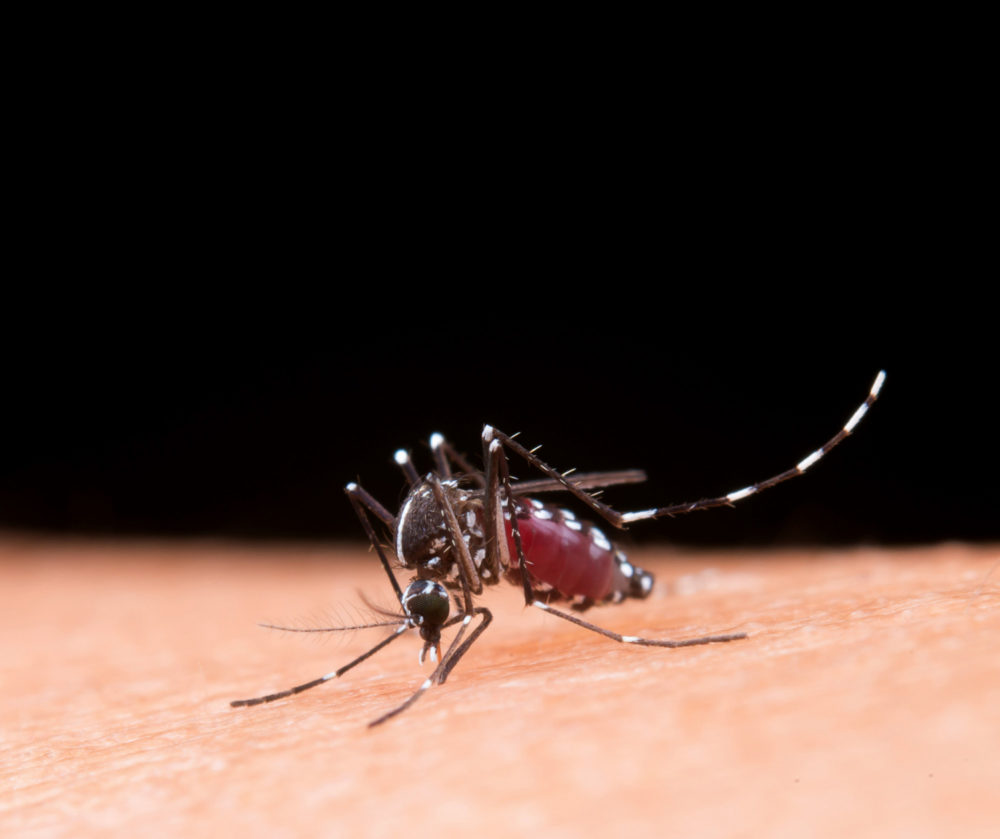- According to the World Health Organization, vector-borne diseases kill as many as 700,000 people worldwide each year.
- Screening tests facilitate comprehensive treatment of these diseases and are key to curbing their spread.
- The greatest burden of these diseases corresponds to tropical and subtropical regions, disproportionately affecting the poorest.
The arrival of summer means warmer temperatures and occasional rain across much of the country.This combination is not always favorable as it favors transmission Vector disease. Hence, it is necessary to take proper precautions to prevent the spread of such diseases.
According to the World Health Organization (WHO), worldwide Vector-borne diseases kill 700,000 people every year. With that in mind, this is by no means a minor issue and should not be underestimated.
What are vector-borne diseases?
In the simplest definition, all those Caused by bacteria, parasites or viruses, spread by the bites of mosquitoes, sandflies, triatomine bugs, ticks, mites, snails and lice. The greatest burden of these diseases corresponds to tropical and subtropical regions, disproportionately affecting the poorest.
“In this sense, the application of tests for the timely detection of antigens or antibodies that cause vector-borne diseases is decisive for the correct diagnosis and treatment of patients, as well as for epidemiological control, since these diseases account for more than 17%,” says Paulina Mejía, biopharmaceutical chemist at Kabla .
The expert also stated that there are five main vector diseases that pose public health challenges in Mexico, as follows.
1. Dengue fever
It is believed to have the highest number of cases in any region of the country, mainly during the rainy season. Also known as “breakbone fever,” the disease, spread by the Aedes aegypti mosquito, has registered more than 3,800 cases this year alone. According to the Ministry of Health, this figure is three times the number of cases detected in 2022.
2. Zika virus
Although the number of cases is lower compared to dengue, its consequences are far more deadly. The Pan American Health Organization (PAHO) estimates that more than 8,700 cases have been registered in Latin America so far this year. One in four people develop symptoms two to seven days after being bitten by an Aedes mosquito, including headaches, joint pains and conjunctivitis.
3. Chikungunya fever
This is the third disease transmitted by the Aedes mosquito, which is also the vector of dengue and Zika. In the country, its incidence is low compared to other vector-borne diseases. The most common symptom is fever with joint pain. It is important to be clear that there is no vaccine for this condition and that treatment focuses on relieving symptoms. According to the Ministry of Health, only four cases have been registered in the country in 2022.
4. Leishmaniasis
It’s a little-known disease caused by the bite of a Lutzomyia mosquito. In the country, it can occur in Veracruz, Tabasco, Campeche, Quintana Roo, Chiapas, Guerrero, Jalisco, Nayarit Agricultural areas in 13 states, including Oaxaca, Sinaloa, Morelos and Puebla. The disease causes skin lesions and antibodies can be detected with a blood test.
5. Chagas disease
The disease is reported to be spread by an insect called Vinchuca and it is estimated that more than one million people in the country are unknowingly suffering from the disease as it is a silent disease , attacks the heart and neurons. National Autonomous University of Mexico..
Also read:
Mexicans recognized by Google for research on Zika virus
SSA opens insectarium at BCS for Zika, dengue and chikungunya research
Dengue fever: main symptoms and ways to prevent infection

